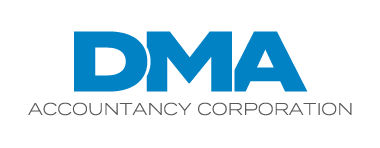Although the overall costs of construction materials nationwide have stabilized somewhat this year, many contractors still likely face challenges in this area. The price of specific types of materials continues to fluctuate, and local markets are subject to turbulence because of supply chain issues and the changing fortunes of individual suppliers.
The good news is construction company owners and their leadership teams can address materials costs proactively. Here are seven strategies to consider:
1. Adjust your bids accordingly. Train your estimators to build some cushion into their bids, as necessary and feasible, to reflect the risk of price increases. Also, look into whether you should bid on more low-risk jobs, which are typically less vulnerable to changing material prices.
2. Put expiration dates on your bids. Keeping bids open for a relatively short time (30 days, for example) can help protect against sudden fluctuations in the price of materials. You can always extend the time, if appropriate, provided you confirm materials costs beforehand.
3. Buy in advance. Making bulk materials purchases in advance can help you lock in current prices and avoid shortages. However, you’ll need to be able to accurately estimate your needs, store the items safely and endure the hit to your cash flow. Try to negotiate contracts that provide for release of funds early enough to buy in advance when needed.
4. Add price escalation clauses to upcoming contracts. These clauses shift some of the risk of fluctuating materials prices to project owners by providing for periodic price adjustments that reflect changing costs. Some owners may bristle at the name, but many are willing to accept the clause if the language also provides for downward adjustments in the event prices drop.
In consultation with your attorney, design price escalation clauses carefully to clarify when prices will be adjusted, under what circumstances and by how much. For instance, these clauses usually provide for an adjustment if changes in a material’s price exceed a certain threshold, such as 2% or 3%, as evidenced by a published price index. In other cases, the clause can be triggered by actual supplier invoices. It’s also common for prices to be adjusted at fixed intervals (for example, quarterly) during a job or at the end of the contract.
5. Review existing contracts. Find out whether contracts for current projects contain escalation or price adjustment clauses. If not, determine whether other contractual provisions, such as force majeure or change-in-law clauses, are written to protect you from sudden materials shortages or price increases. Consider specifying in future contracts that unavailability of certain materials is an excusable delay under a force majeure clause.
6. Establish agreements with fabricators. If you use prefabricated building products, keep a close eye on the prices of steel, aluminum and other materials that may affect the price of those products. You might inquire with your suppliers whether you can enter into secure written agreements to lock in prices for a specified period.
7. Continuously improve communication. Whichever strategies you use to mitigate the costs of materials, put the effort into developing and maintaining strong supplier relationships. Good communication will help you keep up with developments affecting the market. You’ll also be more likely to learn about sales, discounts and opportunities to lock in prices for set periods.
And while we’re on the subject of strong communication, don’t forget about your professional advisors. Our firm can help you gather, organize and analyze your materials cost data to make more informed strategic decisions.
© 2024


Recent Comments